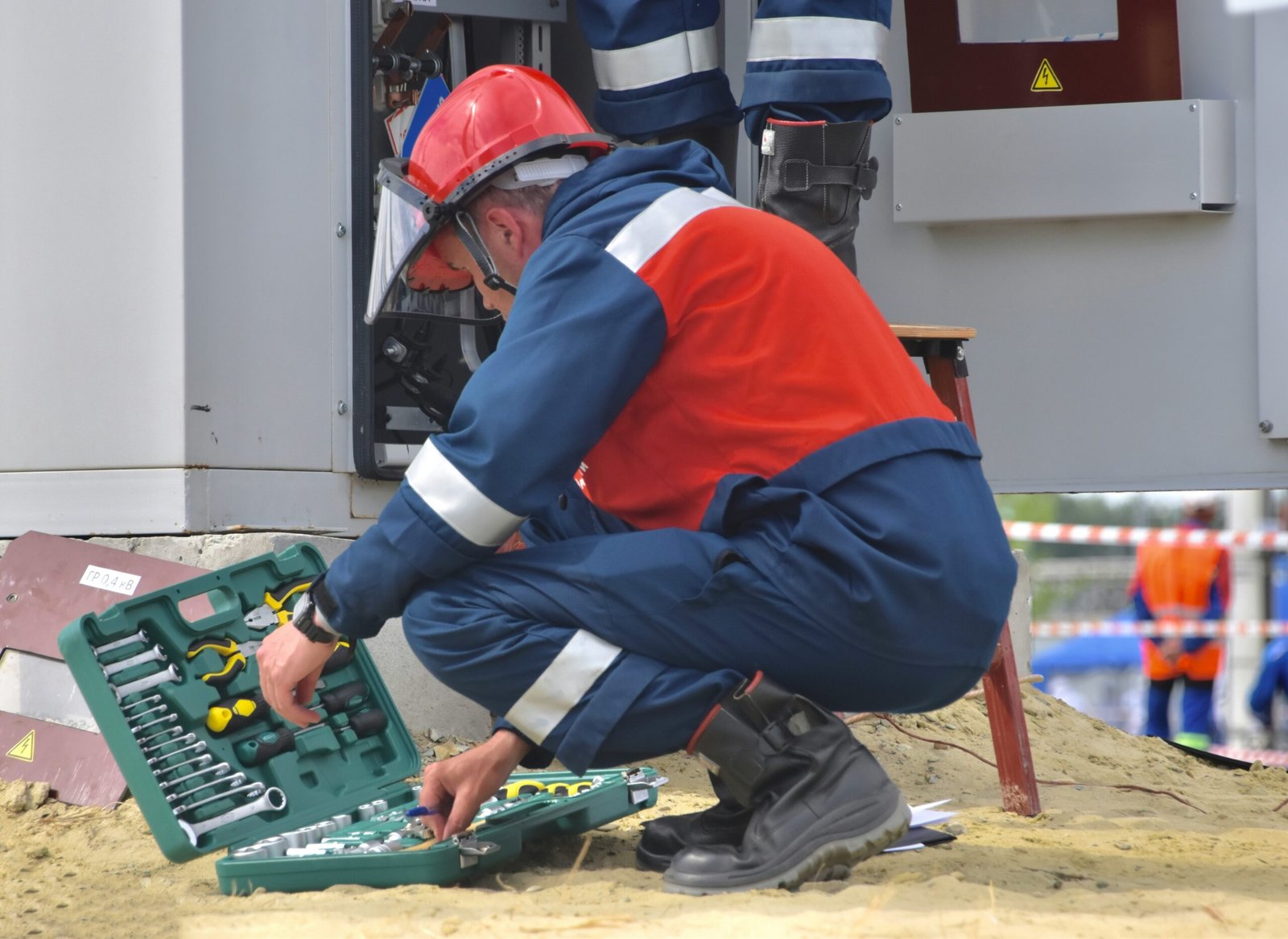Importance of Regular Maintenance
Regular maintenance of a water air cooler is essential for ensuring its performance and longevity. Routine checks and cleanings play a critical role in preventing the buildup of mold, mildew, and mineral deposits. These contaminants can compromise both air quality and cooling efficiency, leading to a less effective cooling system and potential health hazards. For instance, mold and mildew can release spores into the air, exacerbating allergies and respiratory issues. By maintaining a clean water air cooler, you can significantly reduce the risk of these health problems.
Furthermore, proper care of your water air cooler can lead to substantial energy savings. When the unit operates at optimal efficiency, it consumes less electricity, which can result in lower utility bills. This is particularly important during the hotter months when the cooler is in frequent use. Ensuring that all components are clean and functioning correctly allows the system to work more effectively without straining, thus conserving energy.
To achieve these benefits, several key maintenance tasks should be performed regularly. Cleaning the water tank is paramount, as stagnant water can become a breeding ground for bacteria and other microorganisms. It is advisable to empty and scrub the tank at least once a month. Replacing filters is another critical task; clogged or dirty filters can impede airflow and reduce cooling efficiency. Depending on usage and environmental conditions, filters should be replaced every few months.
Inspecting the cooling pads is also essential. These pads can accumulate dirt and mineral deposits over time, which can obstruct water flow and impair cooling performance. Cleaning or replacing the pads as needed will ensure that the cooler operates efficiently. Additionally, checking the overall condition of the unit, including the fan and motor, can help identify potential issues before they become significant problems.
In conclusion, regular maintenance of a water air cooler not only enhances its performance and extends its lifespan but also promotes better air quality and energy efficiency. By incorporating routine checks and cleanings into your maintenance schedule, you can enjoy a more effective and healthier cooling system while saving on energy costs.
Step-by-Step Guide to Cleaning and Maintaining Your Water Air Cooler
Proper maintenance of your water air cooler is crucial to ensure its prolonged efficiency. To begin, gather the necessary tools and supplies, including a soft cloth, mild detergent, a brush, and a vacuum cleaner. These items will help you clean both the exterior and interior components of the cooler effectively.
First and foremost, ensure your safety by turning off and unplugging the water air cooler before starting any maintenance work. This precaution prevents any electrical hazards and allows you to clean the device thoroughly.
Start by cleaning the exterior of the cooler. Use a soft cloth dampened with mild detergent to wipe down the outer surfaces, removing dust and dirt buildup. Pay special attention to the air vents, as these can often accumulate debris that restricts airflow.
Next, focus on the interior components. Remove the water tank and empty any remaining water. Clean the tank with a mixture of mild detergent and water, scrubbing gently with a brush to remove any residue. Rinse thoroughly and allow it to dry completely before reassembling.
The cooling pads are essential for the operation of your water air cooler. To clean them, first, remove them carefully and rinse under running water. If they appear heavily soiled, soak them in a solution of water and mild detergent. Rinse thoroughly and allow them to dry before reinserting.
Filters also require regular attention. Depending on the model, you may have washable or replaceable filters. For washable filters, remove and clean them with mild detergent and water, then rinse and dry completely. Replaceable filters should be changed according to the manufacturer’s recommendations.
Descaling the water distribution system is vital to prevent mineral buildup. Use a commercial descaling solution or a mixture of vinegar and water to flush the system. Follow the manufacturer’s instructions to ensure thorough cleaning without damaging any components.
The frequency of these maintenance tasks depends on usage and environmental factors. Generally, cleaning should be conducted every two weeks during peak usage periods, and monthly during less intensive use.
If you encounter common issues such as reduced airflow, unusual noises, or water leakage, start by checking for blockages in the air vents and filters. Ensure that the water tank is properly seated and that there are no cracks or damage. If problems persist, it may be time to consult a professional technician for further diagnosis and repair.


